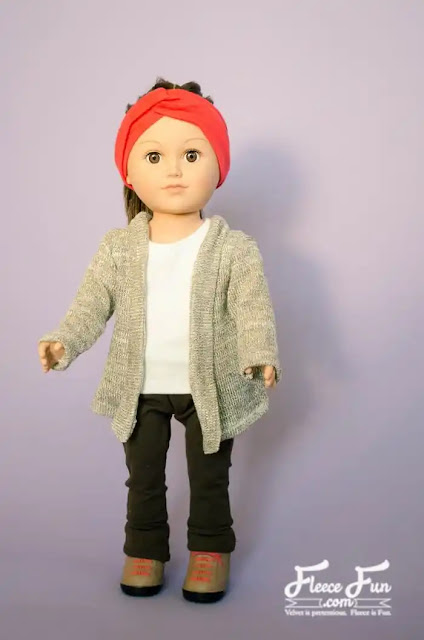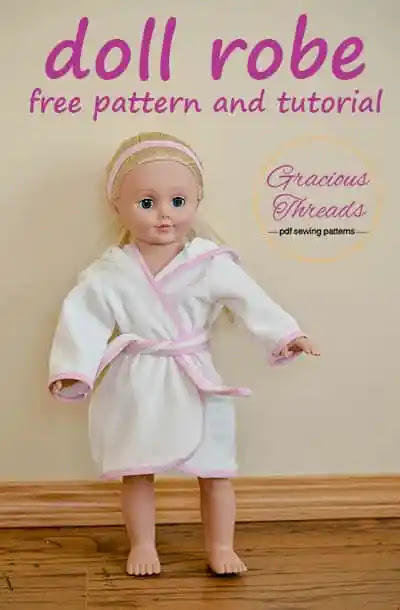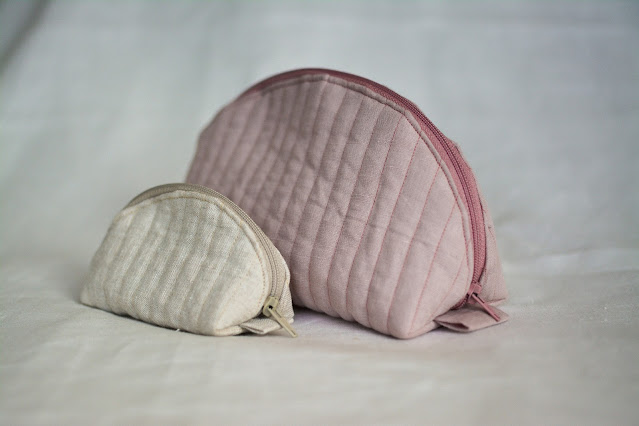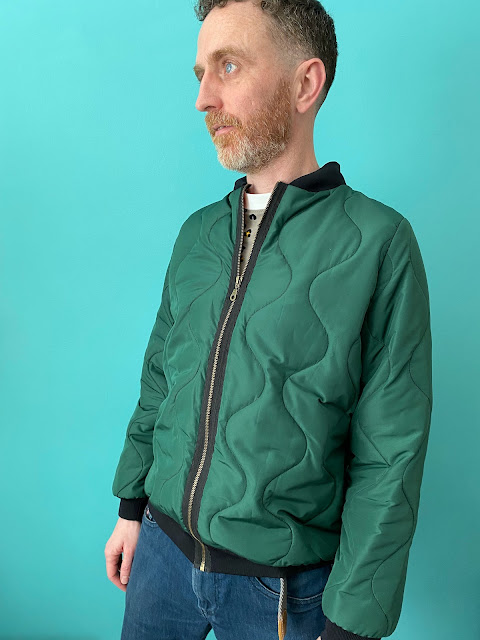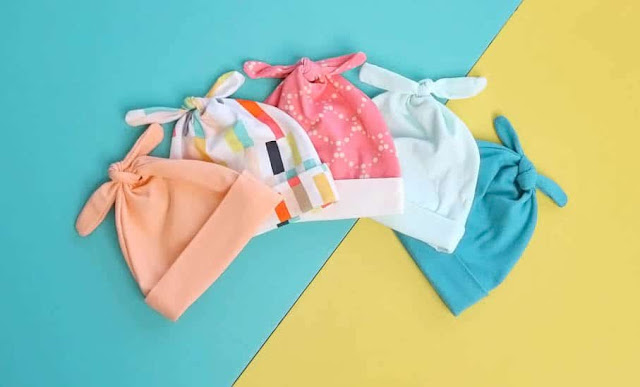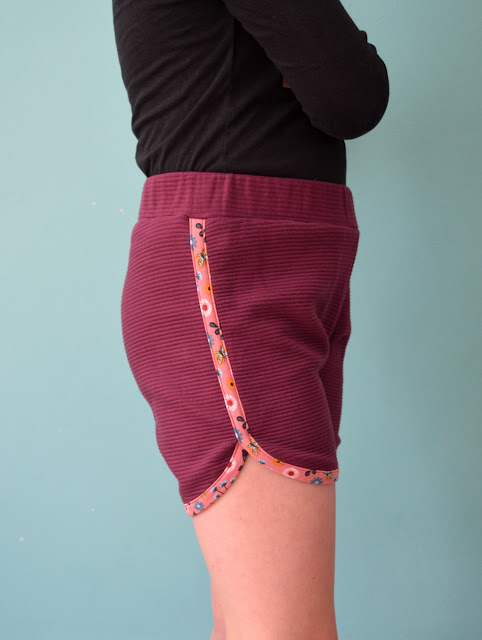Welcome to my monthly 'Free Pattern Friday' feature, where I road test a free sewing pattern or tutorial: sometimes a children's one, sometimes an adult's one (or even a doll's one!). I try to publish these posts every first Friday of the month, timed to provide inspiration for those who plan to get their sew on over the weekend. I firmly believe that, if you pick your projects carefully, sewing doesn't have to be a crazy-expensive way to clothe yourself and your family. Thanks to all the amazing pattern designers who have offered up their hard work for us to enjoy for free.
At time of writing, Christmas is less than three weeks away. I do not condone panic sewing, but if you did find yourself with a couple of free hours and the energy to sew, and have some stockings to fill for someone who likes dolls, then this could be a great little project. Personally, I LOVE making doll's clothes. It can be super fiddly, but it's a fun use for fabric scraps and the results are almost always adorable. However, sadly (for me), my daughter has hardy played with her dolls all year, and it's been nearly two years since I posted on this blog about any free doll's clothes patterns. The last time I shared about a super versatile dress pattern by Ellie & Mac that included lots of styles options. Today I'm posting about a stash of free doll's patterns by Fleece Fun that I discovered at the beginning of the year through a lovely Instagram follower. Thanks to that follower, and thanks very much to Fleece Fun for their hardwork and for sharing this little treasure trove for free.
Please note: I haven't road tested all of these little Fleece Fun patterns, so I can't vouch for every one of them. Plus, it needs to be highlighted that different dolls have different proportions. So, just like I'd advise with a human garment, only cut out one and make a (hopefully) wearable toile before going into full production mode!
Remember: if the doll you wish to dress isn't the height the pattern is designed for, you can adjust the size of the pattern by adjusting the scale setting when printing it out. The patterns on this site are designed for 18" dolls. The doll I was dressing was 14" so I had to print these at about 77% scale.
Pattern type:
If you wanted to, you could create a pretty comprehensive feminine-styled wardrobe with this collection of patterns. I asked my daughter which of these patterns she'd like me to make, and she picked out the cuffed leggings, cardigan and robe (AKA dressing gown).
Sizing info:
As mentioned above, the patterns on this site are designed for 18" dolls. The doll I was dressing was 14" so I had to print these at about 77% scale. However, the doll is portioned with comparatively longer legs and a narrower body than the patterns are designed for. So the leggings came out a bit cropped and the cardigan came out a bit wide. Hence my suggestion to make a trial version before cutting out a load from your favourite fabric scraps. I would also advise cutting any elastic to fit the actual doll in question (if possible) rather than following the pattern's suggested lengths to the letter.
Fabric info:
So this is the fun bit: finding small bits of fabrics that are languishing in your stash and putting them to good use. Knits are particularly good for making doll's clothes because you don't need to worry about fraying and finishing tiny raw edges. For the cuffed leggings, I used a scrap of very stretchy, lightweight, loop-back french terry. For the cardigan, I used some zebra textured double knit. And for the robe, I used a scrap of fleece that was leftover from the backing of a floor quilt I made for my daughter whilst I was pregnant with her!! These days, I wouldn't buy fleece because it's made from synthetic fibres and will therefore stay on our planet for millennia, in some form or other. But finding uses for what already exists, especially uses that won't have to go through the wash and release microplastics into the waterways, is important and satisfying.
Findings:
Each of these patterns seemed to be well drafted and easily accessible to download in exchange for a sign-up to their newsletter (you can, of course, unsubscribe at anytime). The construction steps are all in the form of a blog post. The cardigan has illustrations to show key steps, the other two have photos to guide you. I have to warn you that it's one of those websites that is dripping in distracting and annoying ads. I understand that every one has bills to pay, but I don't have to like this way of doing it!
The garments came out very cute, despite the proportion issues. I could tweak the patterns and make more, better fitting versions. But as I say, my daughter isn't so into her dolls any more (sniff) so that seems like a waste of sewing time, as much as I enjoy making these.
Customisation ideas:
Oh my goodness, you could go to TOWN using these patterns as the basis for many more versions.
Would I make these again?
Are you trying to make me cry?!



